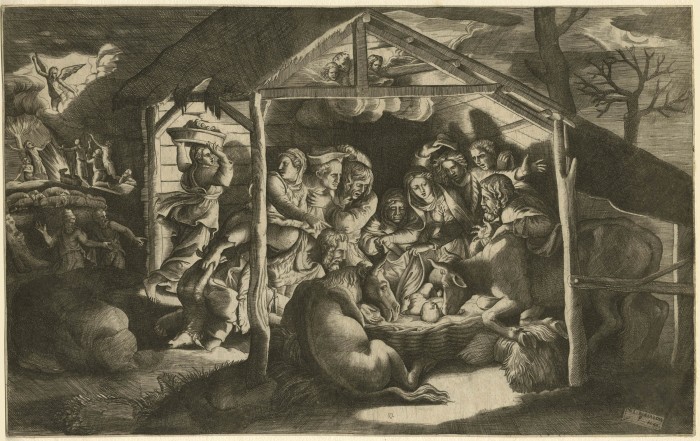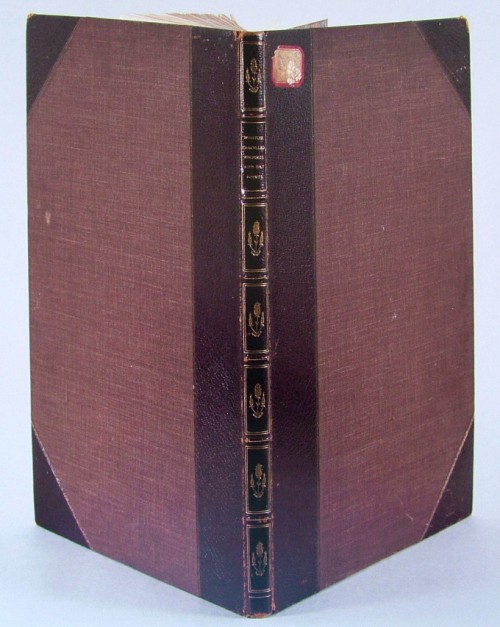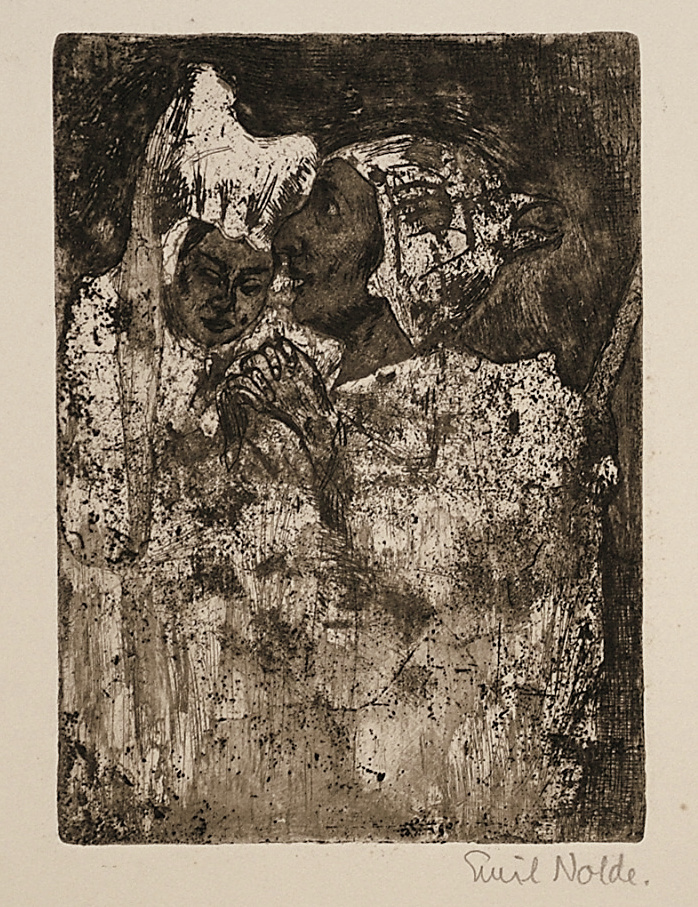The Adoration of the Shepherds (after Giulio Romano)
Tuesday, July 31st, 2012
Giulio Bonasone (c. 1510 – Bologna – after 1576), The Adoration of the Shepherds (after Giulio Romano) ca. 1550–60, engraving; 271 x 431 mm. (10 9/16 x 16 15/16 inches). Reference:
Bartsch vol. 15, p. 118, no. 38; Massari 122; The Illustrated Bartsch, vol. 28, p. 242, no. 38
provenance
Sir Peter Lely (Lugt 2092)
Dukes of Devonshire, Chatsworth;
their sale, Christies, London 5th December 1985, lot 80
private collection, Germany; private collection, Chicago
C.G. Boerner, Neue Lagerliste 115, Düsseldorf/New York 2001, no. 17
There is a related drawing in the Gabinetto Nazionale delle Stampe, Rome, which has been variously attributed to Raphael, Perino and more recently to Giulio Romano. The design was also used by Agostino Veneziano for his Adoration of the Shepherds (Bartsch 17).
An extraordinarily fine early impression, with plate tone; vertical wiping lines distinct.
In excellent condition, trimmed along the plate mark and tipped down onto an album sheet at the corners (on the original album sheet from Chatsworth).






